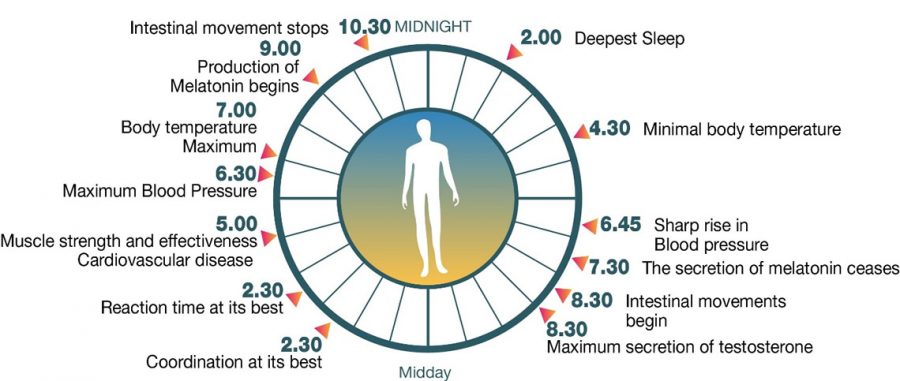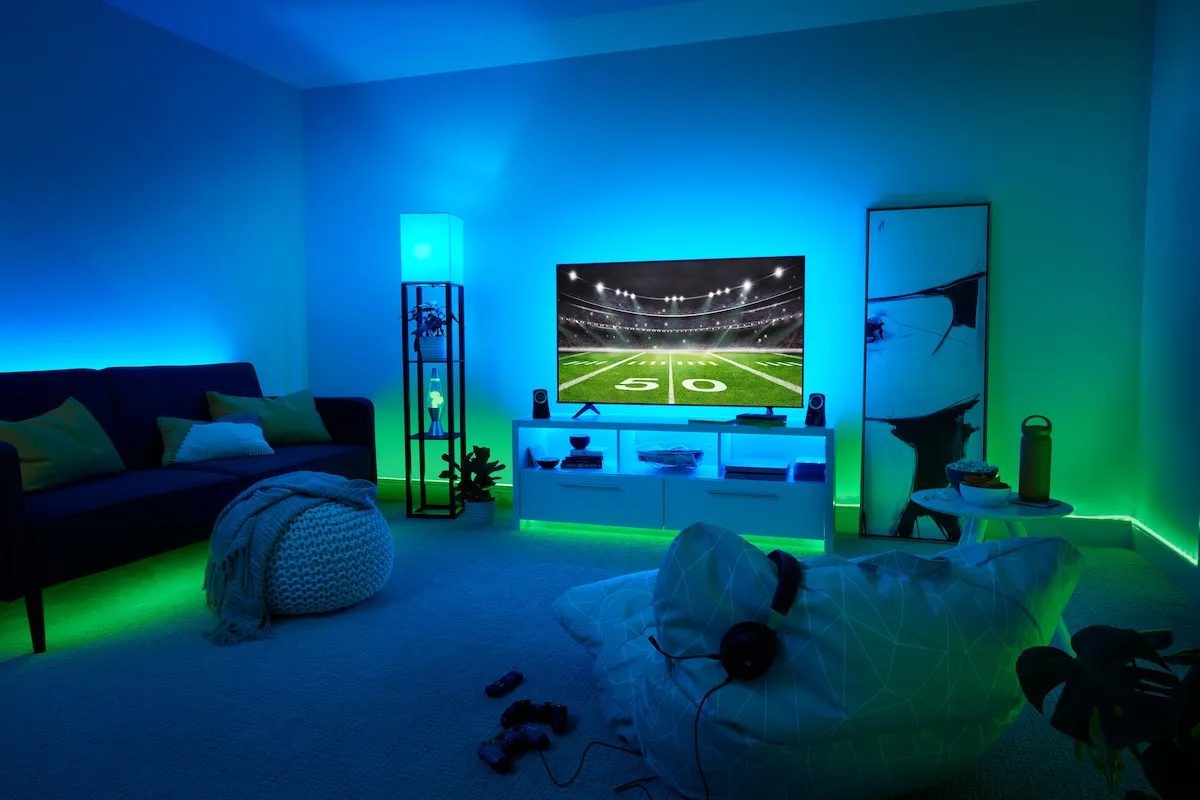
Circadian Lighting: Syncing Your Home with Your Body Clock
Discover the health benefits of circadian lighting. Sync your home lighting with your natural body clock to improve sleep, mood, and productivity.Circadian Lighting: Syncing Your Home with Your Body Clock
Ever found yourself tossing and turning at night, unable to fall asleep despite feeling exhausted? Or perhaps you've experienced that all-too-familiar struggle of dragging yourself out of bed in the morning, feeling groggy and disoriented? If so, you're not alone. These common experiences are often symptoms of a disrupted circadian rhythm – our body's internal clock that regulates sleep-wake cycles and numerous other physiological processes.
As a lighting designer with a keen interest in chronobiology, I've spent years exploring how light affects our well-being. The exciting field of circadian lighting has emerged as a potential game-changer in how we illuminate our homes and, by extension, how we live our lives. Let's dive into this fascinating world where technology meets biology, and discover how we can harness the power of light to improve our health, mood, and productivity.
The Conductor of Our Body's Orchestra: Circadian Rhythms
Think of your circadian rhythm as the conductor of a complex biological orchestra. This internal timekeeper, primarily controlled by a tiny region in our brain called the suprachiasmatic nucleus, orchestrates a symphony of physiological processes. From hormone production and body temperature regulation to cognitive function and metabolism, nearly every aspect of our biology dances to this circadian tune.
But here's the kicker: light is the primary cue that sets this internal clock. For millions of years, our ancestors lived in harmony with the natural light-dark cycle of the sun. As the day progressed from the cool light of dawn to the warm hues of sunset, their bodies responded accordingly, preparing for activity or rest.

Modern Lighting: A Disruptive Force
Fast forward to our modern world, where we spend up to 90% of our time indoors under artificial lighting. This constant exposure to unnatural light patterns has thrown our internal clocks into disarray. It's like we're living in a perpetual jet lag state – no wonder so many of us feel out of sync!
The blue light emitted by our screens is particularly problematic. In my home, I used to work late into the night, bathed in the glow of my laptop. Little did I know, I was essentially telling my brain it was high noon at 11 PM. No wonder I couldn't fall asleep!
Enter Circadian Lighting: Nature's Rhythm in a Bulb
Circadian lighting aims to mimic the natural progression of daylight indoors. By adjusting the intensity and color temperature of light throughout the day, we can help our bodies maintain their natural rhythms even in artificial environments.
Here's how it works:
- Morning: Cool, bright light (around 6500K) stimulates cortisol production, helping us wake up and feel alert.
- Midday: Bright, neutral light (around 5000K) maintains alertness and productivity.
- Evening: Warm, dimmer light (around 2700K) allows melatonin production to begin, preparing us for sleep.
The Benefits: More Than Just Better Sleep
Implementing circadian lighting in my own home has been nothing short of transformative. Within weeks, I noticed I was falling asleep more easily and waking up feeling refreshed. But the benefits extend far beyond improved sleep:
- Enhanced mood: Proper light exposure can help alleviate symptoms of seasonal affective disorder and depression.
- Increased productivity: By aligning our internal clock with our work schedule, we can optimize our cognitive performance.
- Better overall health: Regulated circadian rhythms have been linked to improved cardiovascular health, stronger immune function, and even reduced cancer risk.
Bringing Circadian Lighting Home
Ready to transform your living space into a circadian-friendly environment? Here are some tips:
- Invest in smart bulbs: Many brands now offer bulbs that can be programmed to change color temperature and intensity throughout the day.
- Layer your lighting: Use a combination of ambient, task, and accent lighting to create a dynamic light environment.
- Don't forget natural light: Maximize exposure to natural daylight when possible. It's still the gold standard!

In my home office, I've set up a system that gradually shifts from cool, bright light in the morning to a warmer, dimmer ambiance as the day progresses. The difference in my focus and energy levels has been remarkable.
Challenges and Considerations
While the benefits are clear, implementing circadian lighting isn't without its challenges. The initial cost of smart lighting systems can be significant, and there's a learning curve in programming and using them effectively. Moreover, every individual's circadian rhythm is slightly different, so some experimentation may be necessary to find your optimal light settings.
The Future is Bright
As technology advances, we're likely to see even more sophisticated circadian lighting solutions. Imagine lights that automatically adjust based on your personal sleep-wake cycle, or systems that integrate with wearable devices to provide personalized light therapy.
In my view, circadian lighting represents a return to our roots – a way to reconnect with the natural rhythms that have guided human biology for millennia. It's not just about better lighting; it's about better living.
So, the next time you flip a switch, remember: you're not just illuminating a room. You're potentially influencing your health, mood, and well-being. Why not make that light work for you?
References
- https://www.ncbi.nlm.nih.gov/pmc/articles/PMC6751071/
- https://www.frontiersin.org/journals/photonics/articles/10.3389/fphot.2023.1272934/full
- https://www.sleepfoundation.org/circadian-rhythm
- https://pmc.ncbi.nlm.nih.gov/articles/PMC2717723/
- https://www.cdc.gov/niosh/work-hour-training-for-nurses/longhours/mod2/19.html
- https://www.ledsmagazine.com/lighting-health-wellbeing/article/14288948/surveyed-scientists-stand-behind-current-research-for-practical-circadian-lighting-application
- https://chromaviso.com/en/cases/circadian-lighting-aalholmhjemmet
- https://www.thelightingpractice.com/what-is-circadian-lighting/
- https://bioslighting.com/circadian-blog/what-is-circadian-lighting-and-how-does-it-work/
- https://www.wiprolighting.com/blog/balancing-circadian-rhythms-lighting-solutions-for-healthy-and-productive-workspaces
Psychobiotics: The Gut-Brain Connection in Mental Health






Comments
No comments yet. Be the first to comment!
Leave a Comment